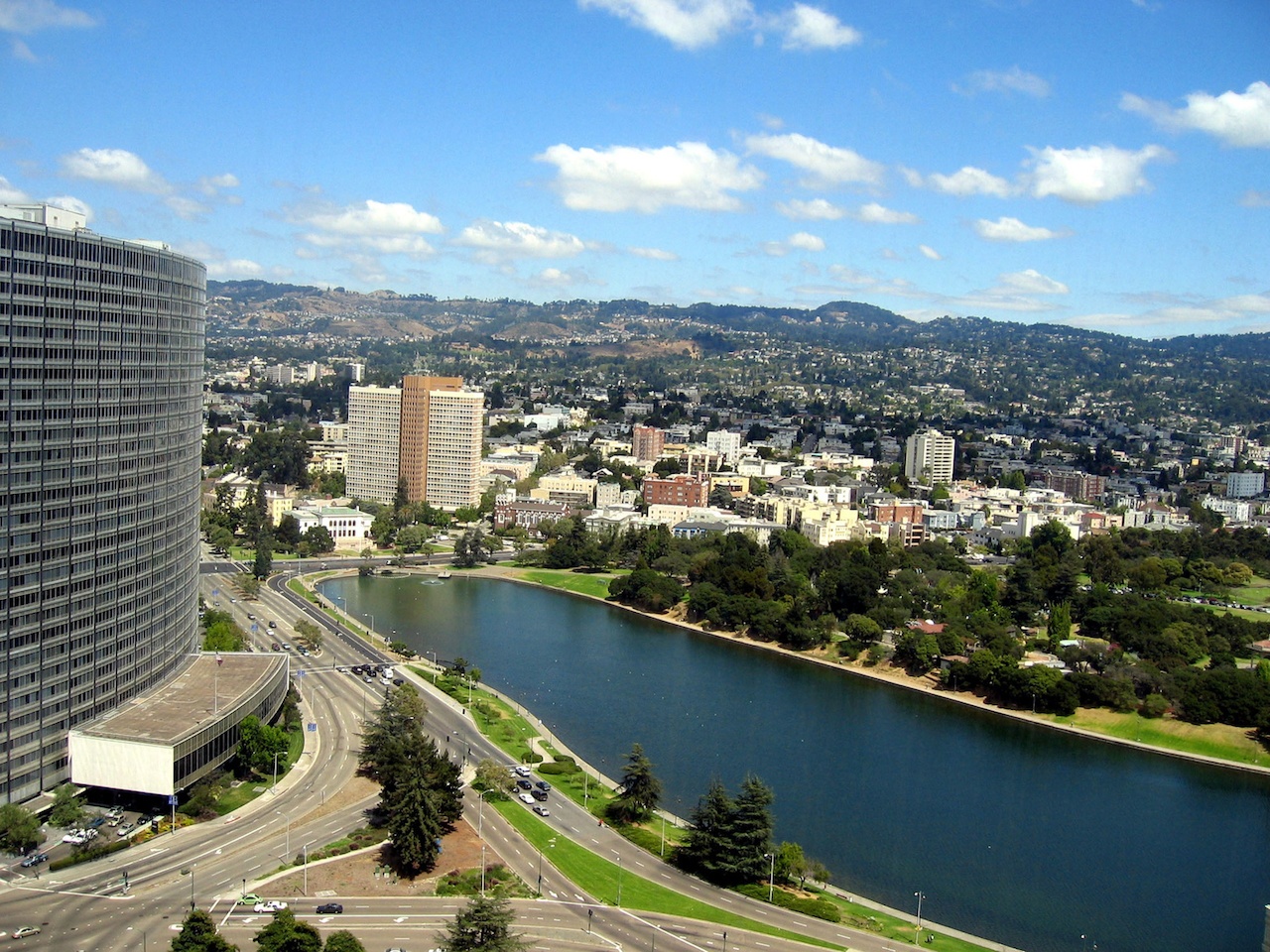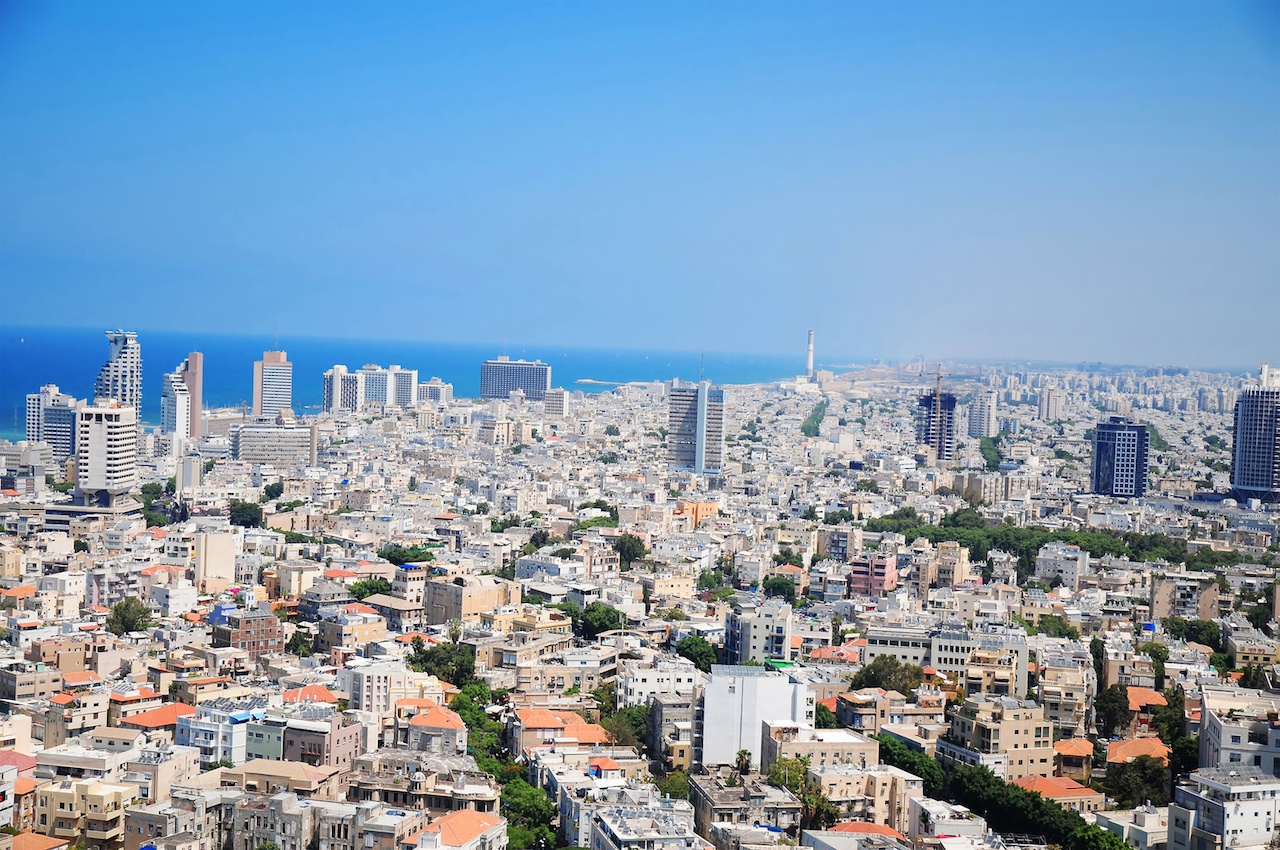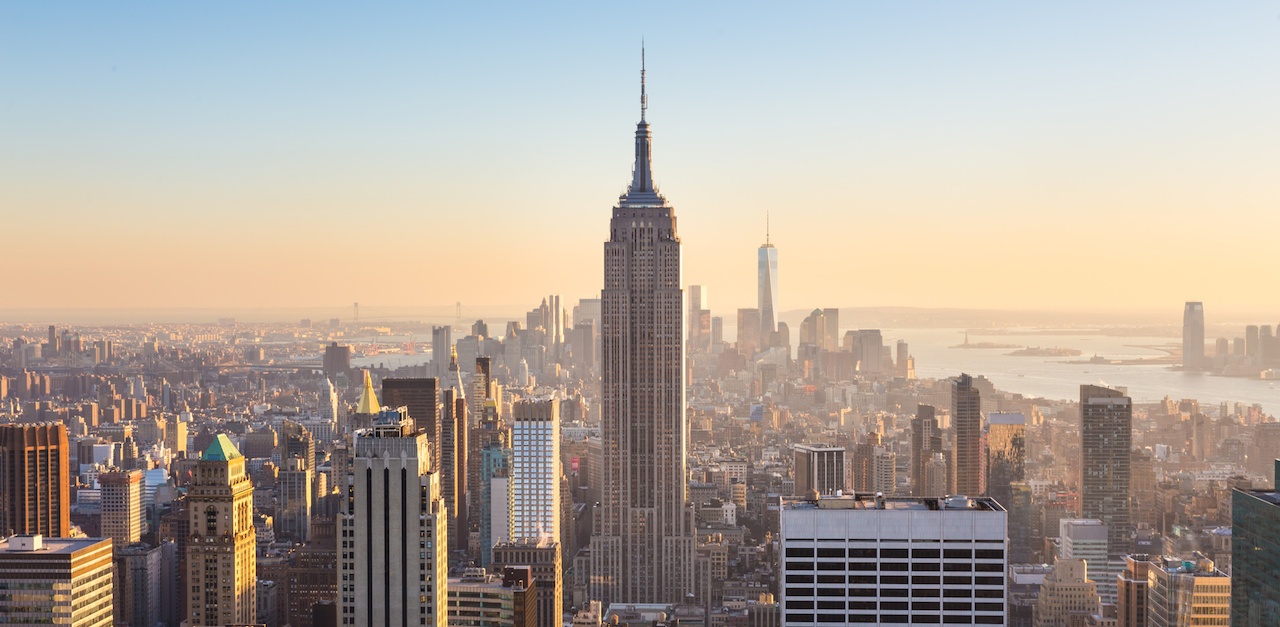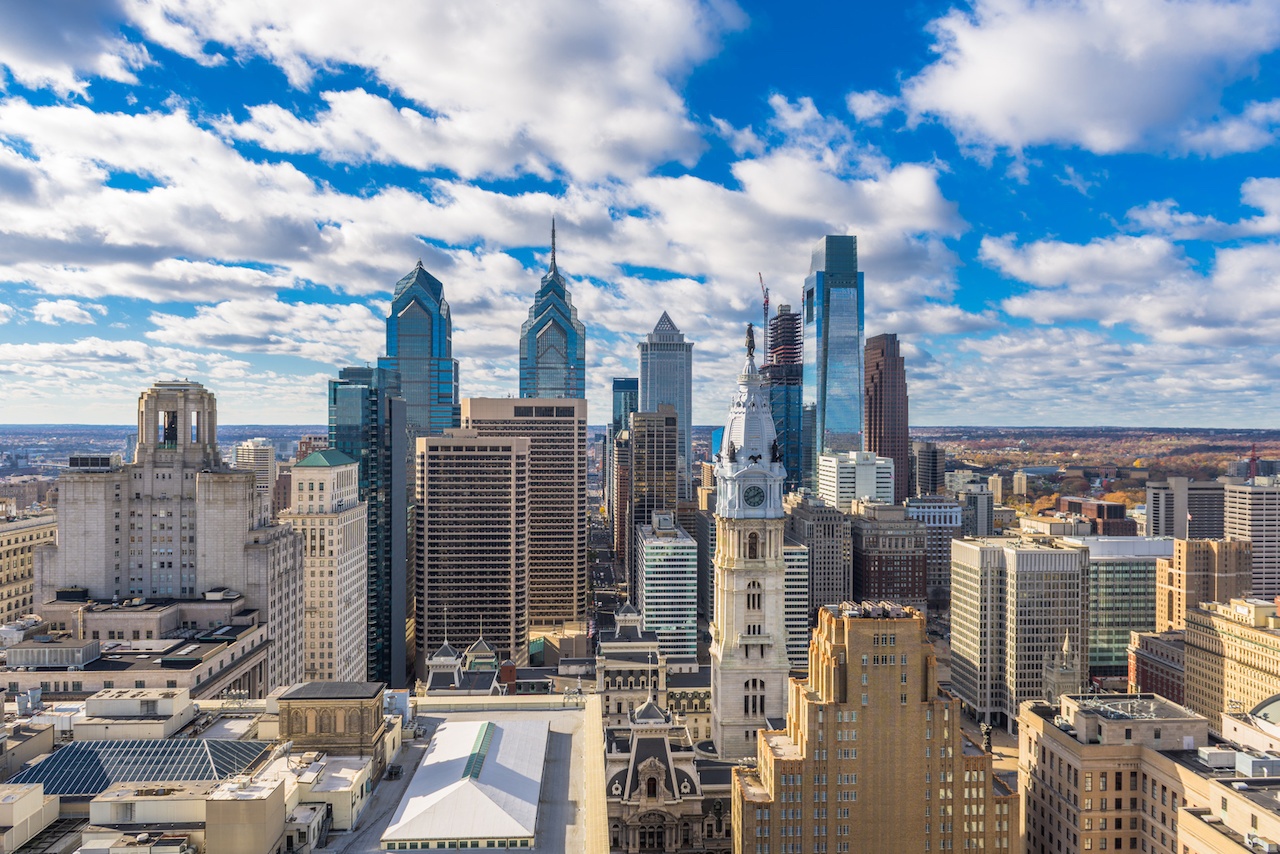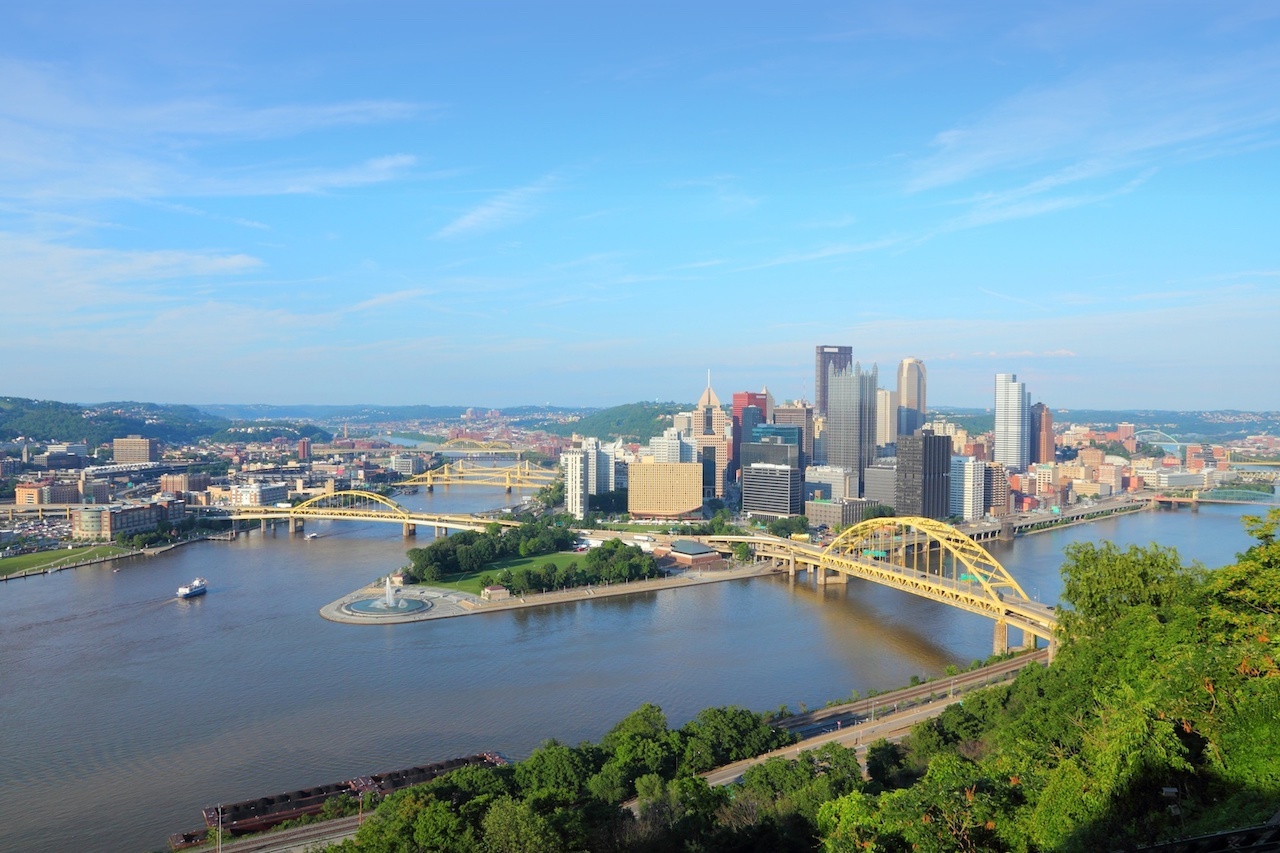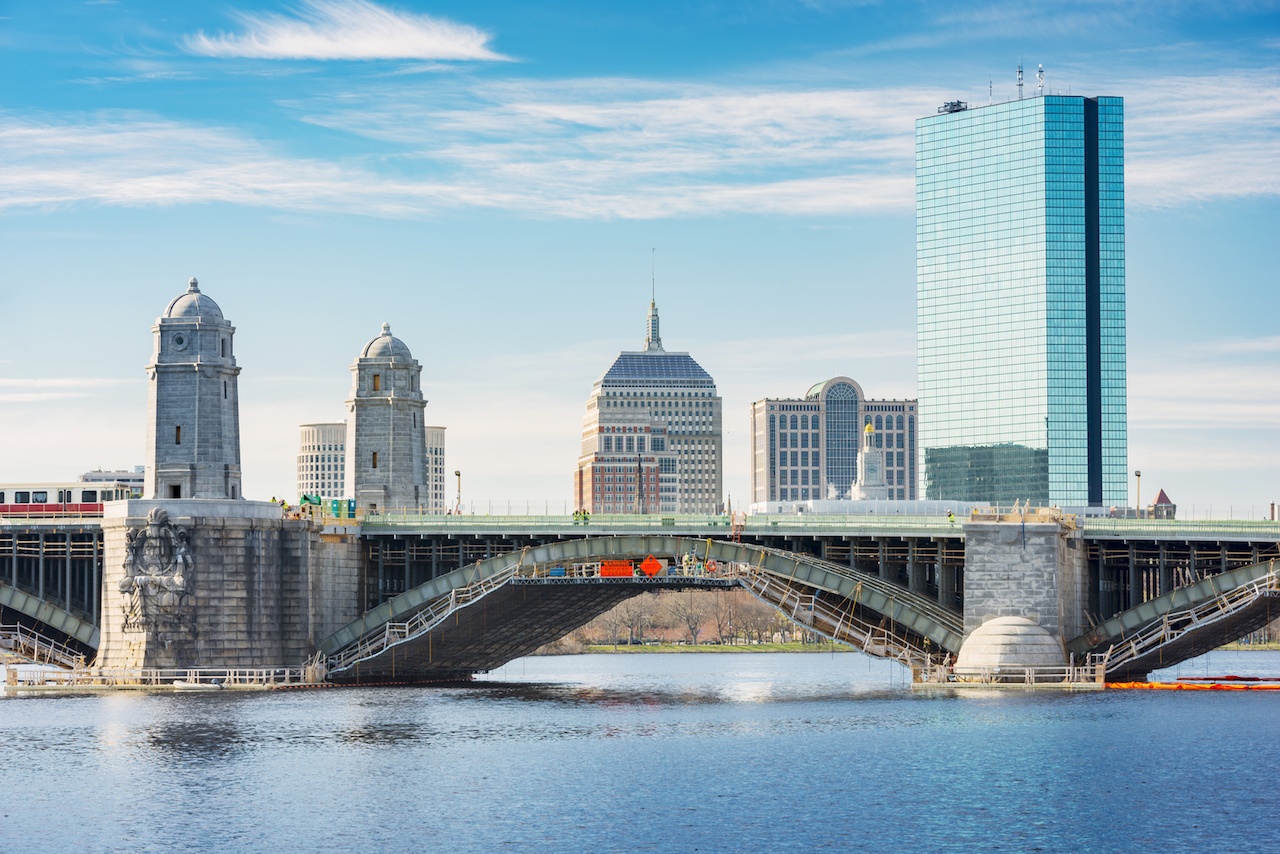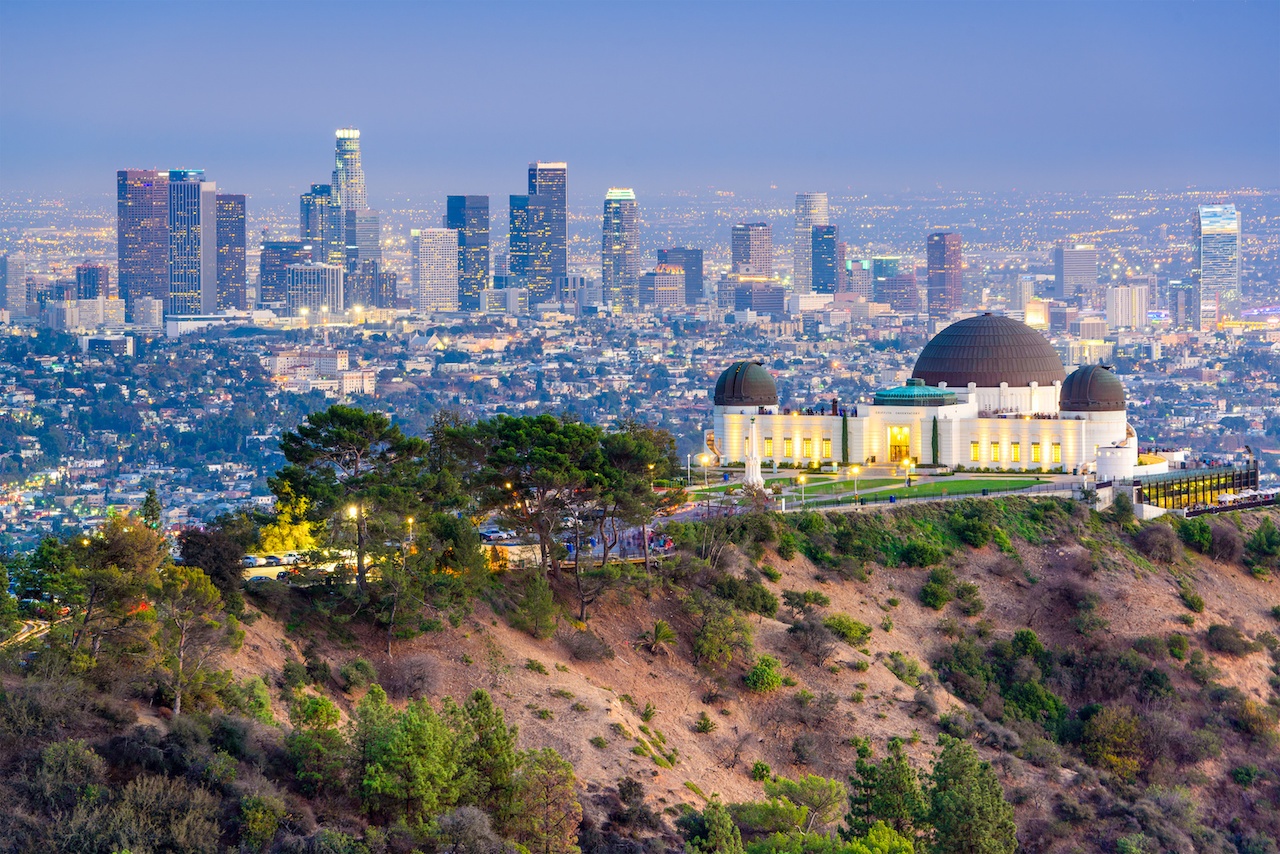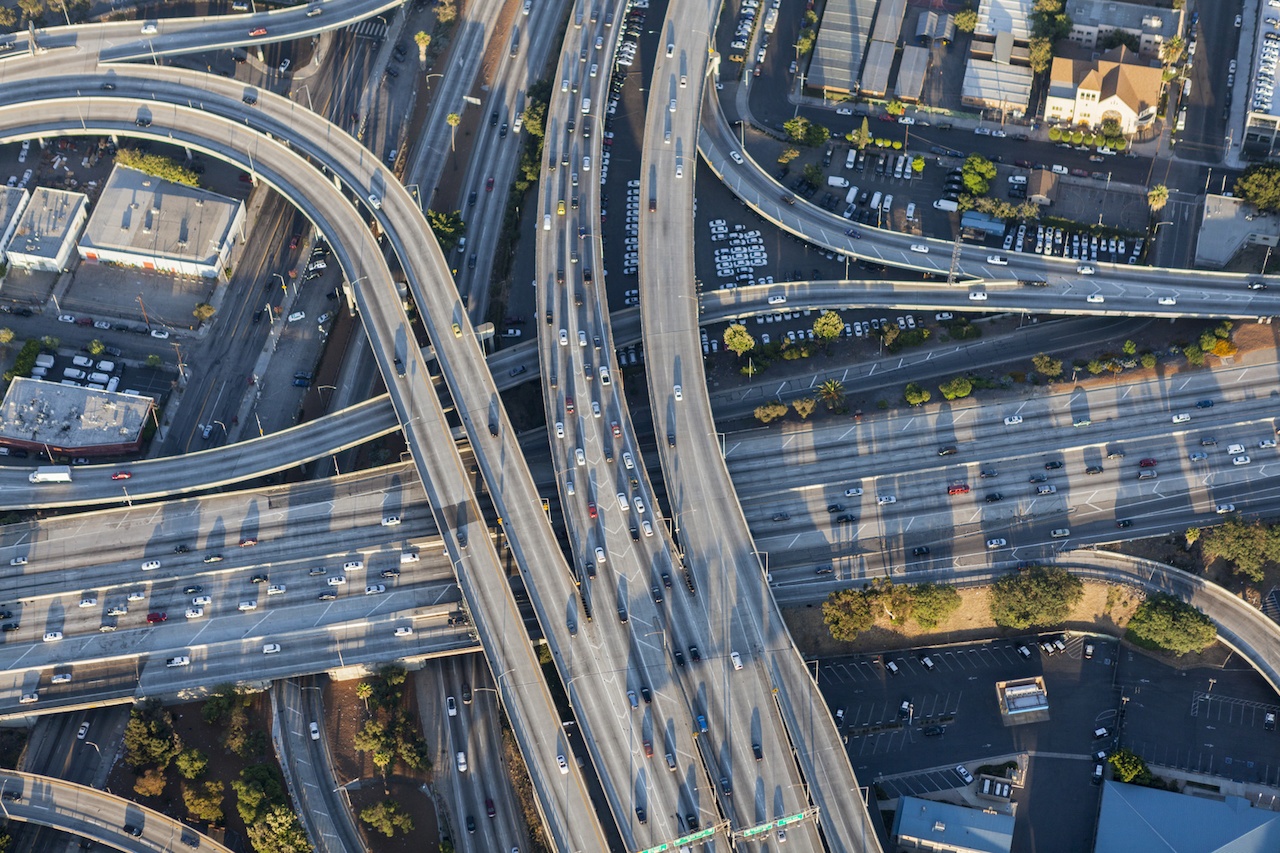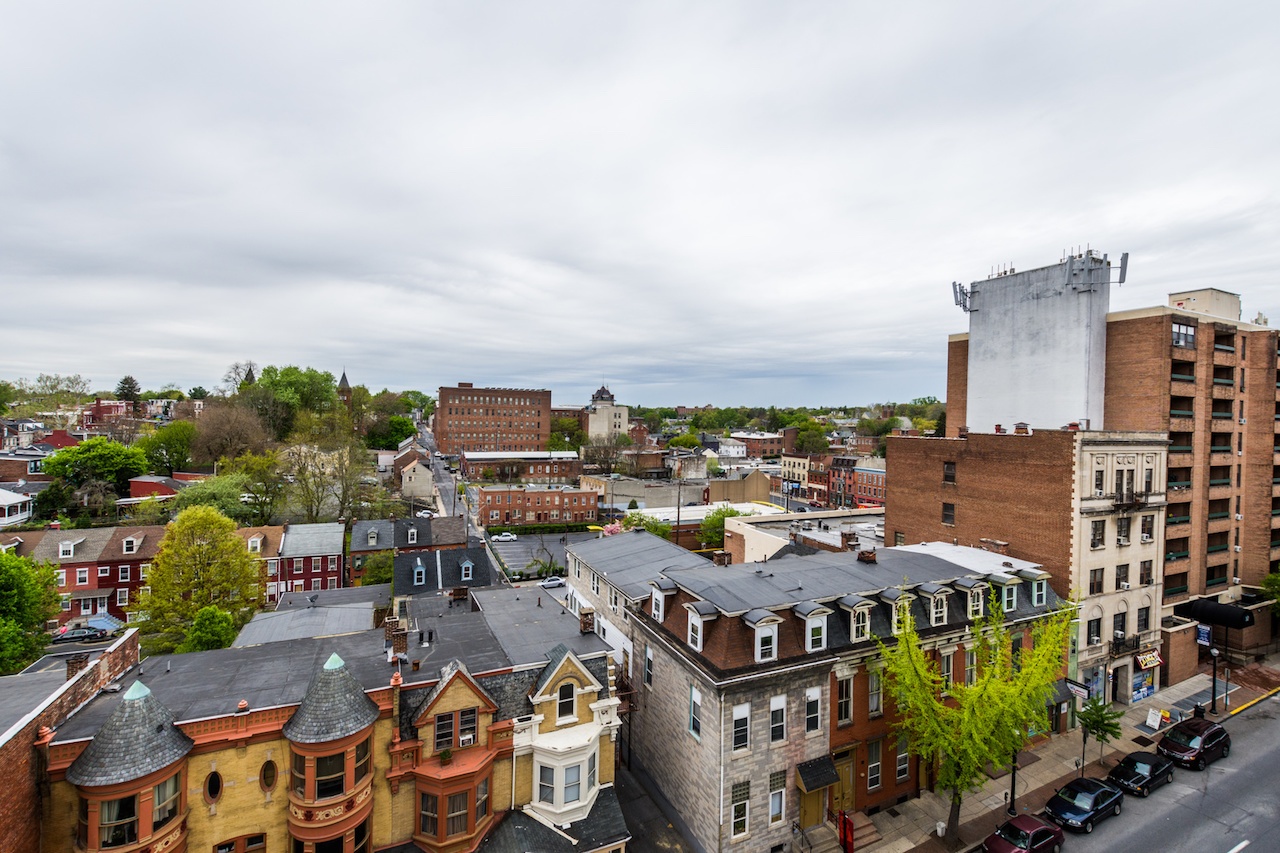Society
A broad category of content focused on societal issues in cities.
Examples: health, community, social equity, education, arts & culture, and homelessness.
Closing the Workforce Equity Gap with Accessible Online Education
Online learning is not a complete solution to a complex problem, but it is a powerful mechanism for transforming the learning experience to improve results, and for potentially transforming institutions that have been slow to reorient programs for student success.
California Governor, Jerry Brown, has proposed a statewide online college, with the other innovations embedded in the design, that could be essential infrastructure for Californians navigating more dynamic economies.
Will Blockchain Be the Secret Sauce for Smart Cities?
The fully realized smart city is rapidly taking shape. Bloomberg New Energy Finance reported an increase in major public-private smart city technology deals to 35 global cities in 2017, up from eight in 2016. Blockchain will further accelerate that progression. Smart cities started in the early 2000’s with broadband and progressed to solution architectures such as LED lighting systems, where now digital services using predictive analytics built on the Internet of Things generating Big Data are becoming prevalent.
Now we are entering an era where, thanks to blockchain, there will be a way to keep a running tally on transactions to provide frictionless financial settlements, claim processes, energy generation, and so much more.
Thoughts on the Fourth Regional Plan of Metropolitan New York
Metropolitan New York is experiencing growth and prosperity, this has brought new economic opportunities for the region but also challenges in housing and affordability. Furthermore, increased storms and flooding from climate change threaten the economic and social life of Metropolitan New York. In all this, it is important to consider the role of the federal government in transit and climate change planning. It is also important to consider the relationship of Metropolitan New York to its neighbours in the Bos-Wash mega-city region, including on issues such as regional transit. Finally, one cannot forget the scale of the street and neighbourhood. For new housing to build on – and not destroy – the neighbourhoods that have been the charm and attraction of Metropolitan New York.
How We’re Making Publicly Available Data More User Friendly
We live in an age of data. Big companies like Google and Amazon are using data to refine their products and target advertising. Researchers and planners are using data to come up with ways of improving where we live. But is data something that non-experts can use,...Pittsburgh: From Steel to Sustainable
On June 1, 2017, President Trump withdrew the US from the Paris Accord, a non-binding climate agreement with 195 nations. Trump stated that the agreement blocked development of clean coal. That is not true. What is true is that the industry has promoted “clean coal” for one hundred years without delivering, costing US taxpayers tens of billions.
Trump said, “I was elected to represent the citizens of Pittsburgh, not Paris.”
Pittsburgh Mayor William Peduto was quick to respond.
A Question of Access: Shifting the Transportation Conversation
Relative to most U.S. cities, Boston and the core municipalities that surround it have a rich eco-system of transit options: four subway lines, over 150 bus routes, an extensive commuter rail system, ferry service, a growing network of bike lanes and paths, and a multi-jurisdictional bike share with over 200 docking stations. Yet these resources are spread unevenly across the area with previously red-lined neighborhoods still lacking the services that other parts of the city rely on. Meanwhile, traffic on the highways that lead into the city is legendarily congested, proving not that we need more roadways but that more transit capacity and reliability is needed to provide people with transportation choices that they can rely on in lieu of their personal cars, and particularly if switching away from private vehicles leads to lower emissions.
Green Urbansim – An Emergent Human Habitat
How do we bridge the city – nature gap and shape a new paradigm for cities and nature? By combining the natural sciences and the social sciences or integrating a quantitative, empirical foundation built around urban ecology with a mindset that values the qualitative sensitivities of sociology and phenomenology. Another way to think of this is a conversation between Rachel Carson and Jane Jacobs.
Using Mobility Pricing for Relocation of Carsharing Fleets
In free floating car sharing systems, the freedom that members enjoy represents the biggest challenge for operators. While operators focus on maximum utilization of their assets, car drop offs don’t always flow as they should, and there are often popular areas where cars are routinely unavailable. A main contributor to this problem is that cars are often parked in neighborhoods where they sit idle for hours or even days.
The Evolution of a Successful and Safe Bus Rapid Transit System
We create trend reports on the evolution of BRT that describe its physical characteristics and what seems to be working and not working in different places. We see that, in general, the highest capacity BRT corridors are performing better than the best performing light rail, and that metros have more capacity and speed than most of the BRTs. Our understanding is that BRTs are an excellent option to complement other mass transit in cities as part of integrated transport systems.
Smart Cities Predictions for 2018
As a general prediction, while there is no single rationale for a smart city, certain themes such as efficiency and cost, environmental impact, and the ever-intangible quality of “livability” have historically predominated. They will continue to so, simply because there is no reason for them to change – they reflect common-sense concerns that cities and their citizens continue to have. However, as smart cities invest in the underlying IOT and analytics technology, I predict that two other goals will increasingly join them.
The Transportation Revolution Is Not Here … Yet
Biofuel programs seek to reduce carbon emissions and certain criteria air pollutants, but they also serve to support the continued use of internal combustion engines. Greenhouse gas reduction and fuel economy programs similarly target overall reduced emissions, but do not in themselves change how consumers move from point A to point B. Bans and limitations on internal combustion engines and zero emissions vehicles programs do much more to change the nature of transportation, but do not supplant the number of vehicles on the road.
Each holds forth the promise of cleaner air from reduced emissions, but when might they actually have a realistic and measurable impact and what other changes might be required to achieve the other global objectives?
Spotlight on Legacy Cities, Large and Small
From Gary, Indiana, to Lowell, Massachusetts, smaller post-industrial cities are taking strategic steps to regenerate. They have a chance to follow their larger rebounding counterparts like Pittsburgh and Cleveland, by building on downtowns, capitalizing on a unique sense of place, and focusing on workforce development.

